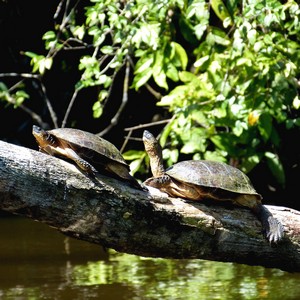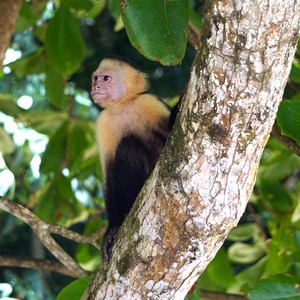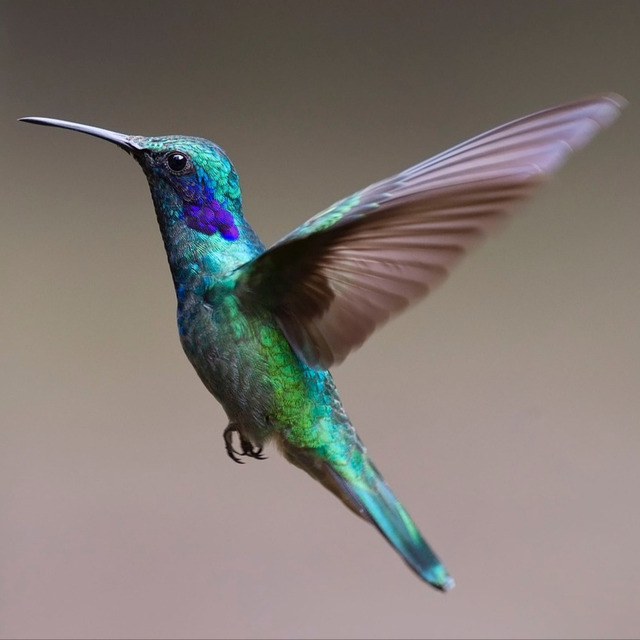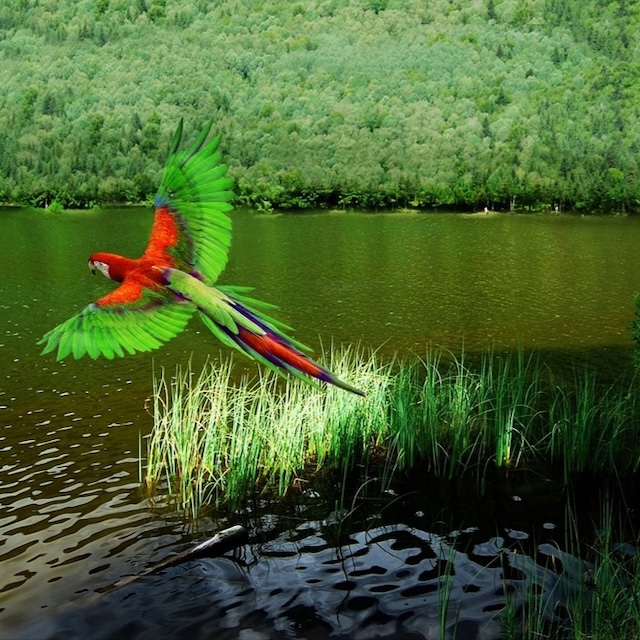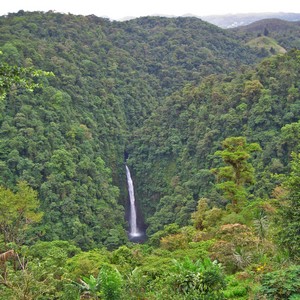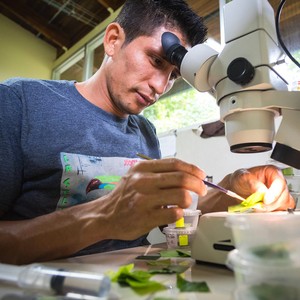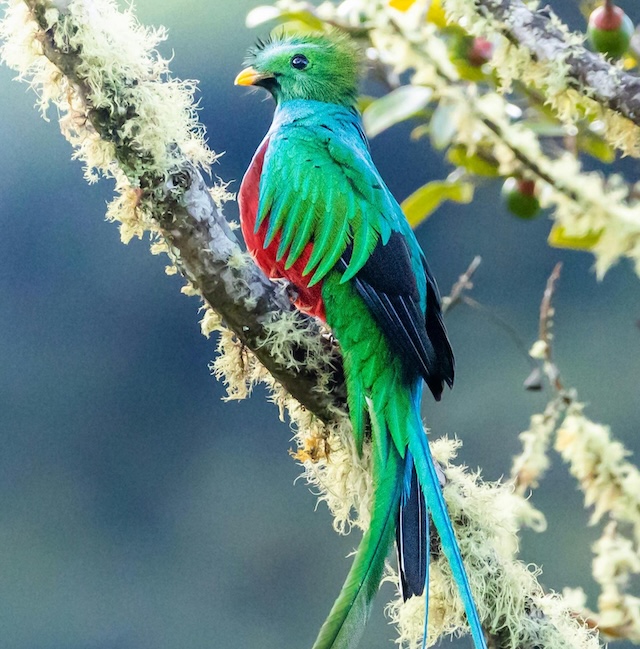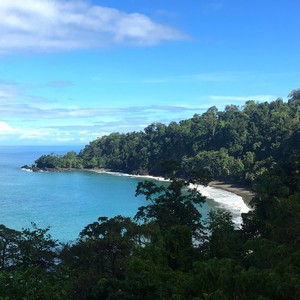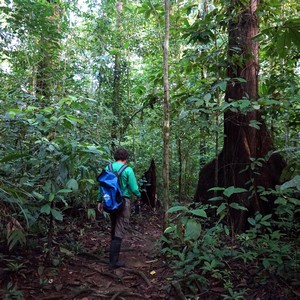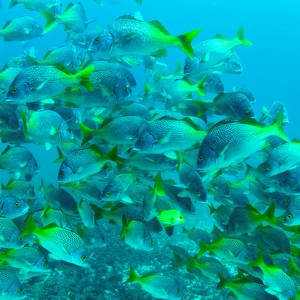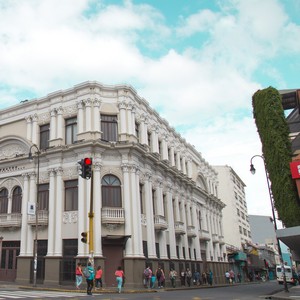Intro
Prepare for a wildlife adventure like no other as you discover the incredible flora and fauna of Costa Rica. After arriving into the capital city of San José, head for Sarapiquí Rainforest, widely recognised as one of the world's most important tropical rainforest areas. Take a bird-watching tour as your expert guide helps you to see and hear birds including the great green macaw, great potoo and ocelated antbird. Closely observe bats that are being studied in research projects and visit the acclaimed La Selva Biological Station, before taking an in-depth look at the hard-working leaf-cutter ants that are found in forests across the country.
Travel north to the Caribbean coast's magnificent Tortuguero National Park to explore the waterways that host a rich variety of wildlife including caiman, howler monkeys, sloths, snakes and iguanas. If you visit between July and October, prepare for the wildlife experience of a lifetime as you witness green sea turtles coming to shore to lay their eggs, then the hatchlings taking their very first steps as they scramble back to sea.
Next, travel south to the lush Central Valley to stay in the peaceful Turrialba area and enjoy the flora of the surrounding countryside. Continue south to the cloud forest region of the Savegre Valley and Los Quetzales National Park, where lucky visitors may see the quasi-mythic quetzal with its resplendent plumage trail. Continue to the Pacific coast to visit the renowned Manuel Antonio National Park, home to many sloths, white-faced capuchin monkeys and white-tailed deer, then head to the Marino Ballena National Park, one of the most biologically diverse marine habitats in Costa Rica. Finally, travel to the remote Osa Peninsula for an unforgettable experience in Corcovado National Park, where the cries of scarlet macaws and howler monkeys fill the air, humpback whales glide through the turquoise waters, and pumas and jaguars prowl the rainforests.
TOUR HIGHLIGHTS
- Wildlife and lush waterways of Tortuguero National Park
- Rio San Carlos and its winding wilderness
- One of the world's most important rainforest areas, Sarapiquí
- World-renowned tropical research at La Selva
- The picturesque mountain village of San Gerardo de Dota
- Central America's near-mythic quetzal bird
- The biological wealth of the Osa Peninsula
- Corcovado, the last-remaining low Pacific rainforest
- Coral-fringed marine sanctuary of Isla de Caño
Places Visited
San José - Tortuguero National Park - San Carlos River - Sarapiquí - La Selva Biological Station - San Gerardo de Dota - Savegre Valley - Osa Peninsula
What's Included
Arrival & departure transfers
Ground transport with driver
Domestic flight from Osa Peninsula to San José
Accommodation
Meals (refer to itinerary for meal plan)
English-speaking guides
Entrance fees to sites & parks

